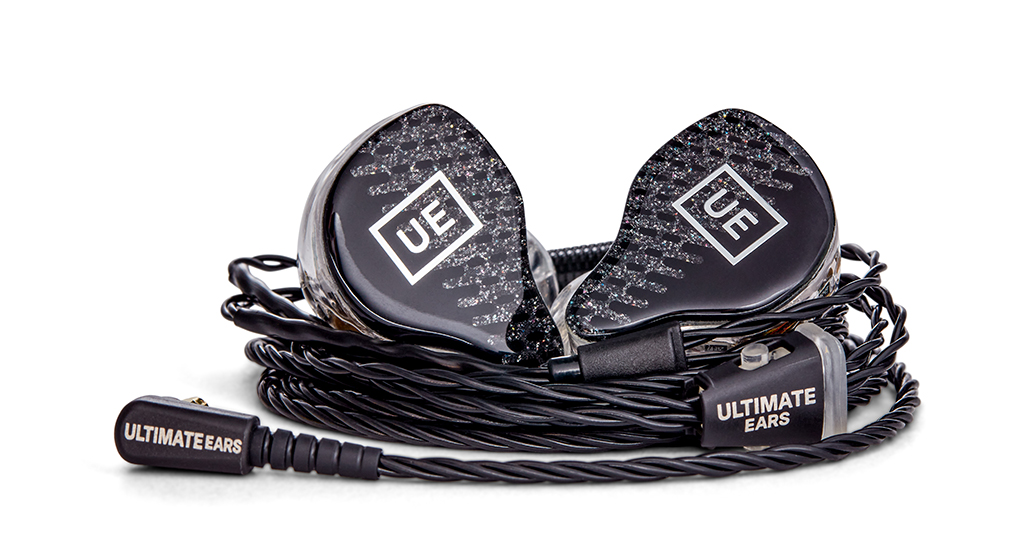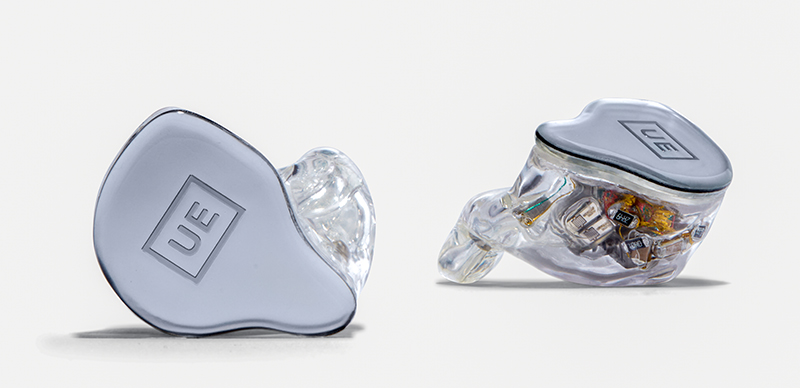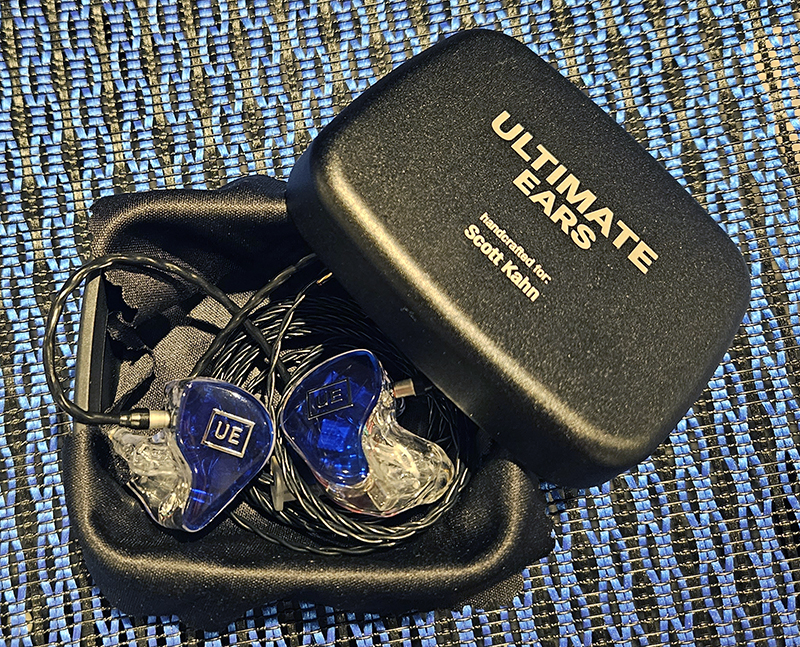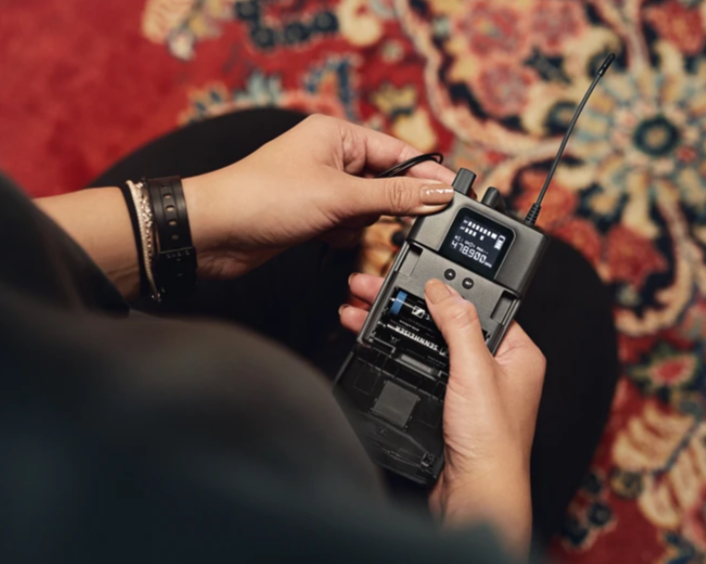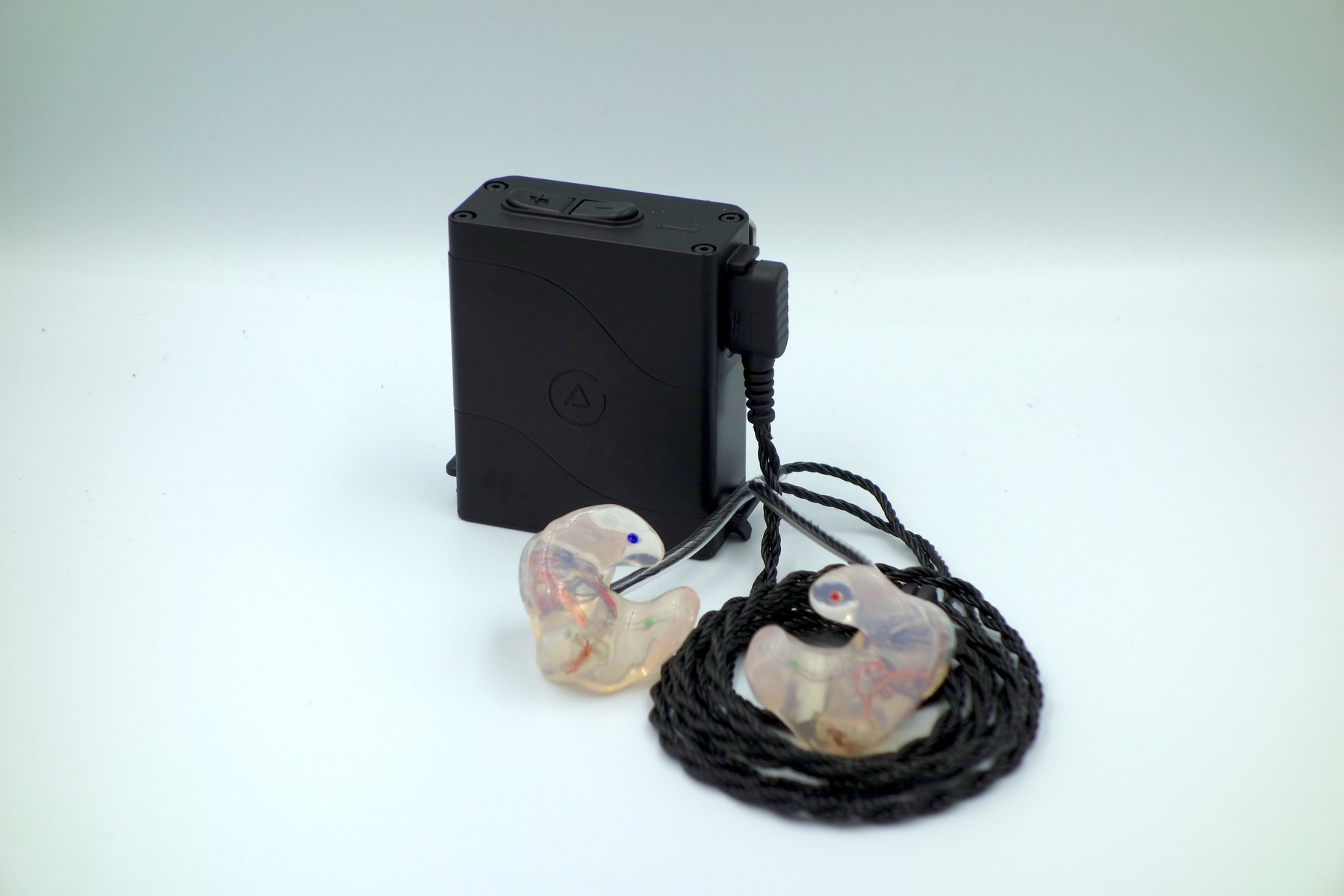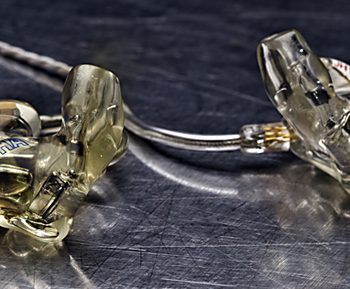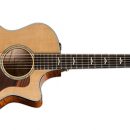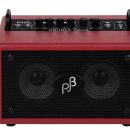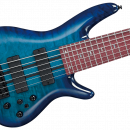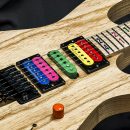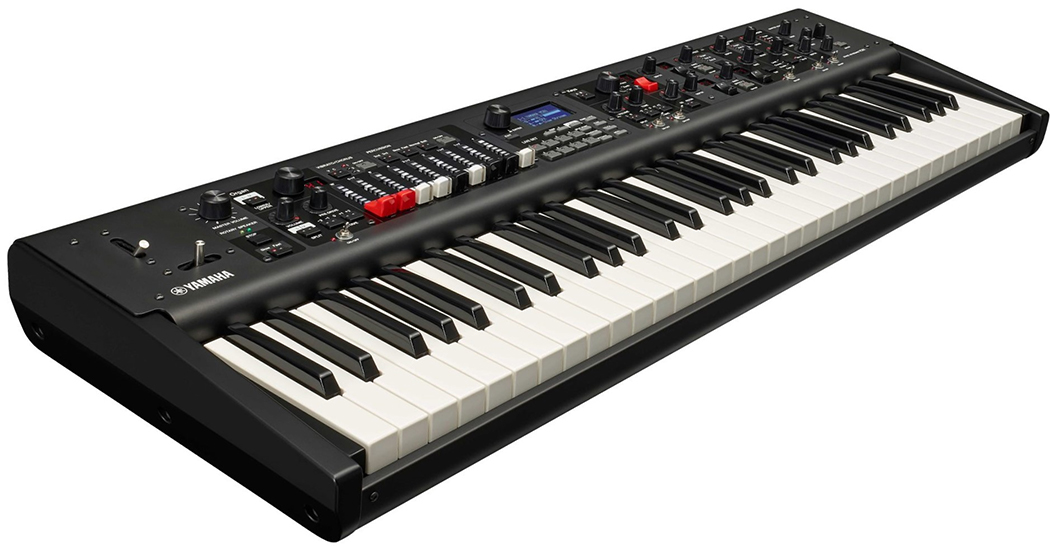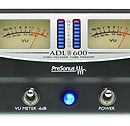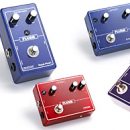 In-ear monitoring has become the norm these days—especially at the pro level, and the benefits cannot be underestimated. You get to hear the live mix of your dreams at volume levels that protect your hearing, and if your band has done away with big amps and loud stage volumes, in-ear monitoring gives you studio-quality sound in the live performance setting. But with so many IEM options in the market, where does one begin?
In-ear monitoring has become the norm these days—especially at the pro level, and the benefits cannot be underestimated. You get to hear the live mix of your dreams at volume levels that protect your hearing, and if your band has done away with big amps and loud stage volumes, in-ear monitoring gives you studio-quality sound in the live performance setting. But with so many IEM options in the market, where does one begin?
Your first decision: off-the-shelf or custom molds. Off-the-shelf IEMs come with a variety of differently sized tips and you pick the best fit for your ears, but you may not get a precise fit, and you may get a lot of “bleed” where you hear the ambient noise around you. Custom molds are fitted to your exact ears by an audiologist, and the fit of the IEM is truly one-of-a-kind, as no two people have the same shaped ear canals. You get complete blockage of ambient sound (unless you purposely choose an IEM designed with a feature to let some bleed back in), and a fit that is simply perfect for you.
The second decision: sound quality. Part of this decision will be determined by the number of drivers in each IEM (called armatures). When you have ultra-tiny armatures trying to reproduce the full sound spectrum—and a low-cost pair of IEMs only has one or two drivers, you get distortion in the signal as louder, low frequencies conflict with (and mask) reproducing the higher frequencies. When an IEM has multiple drivers with an internal crossover network, different groups of frequencies get directed to different drivers for cleaner sound reproduction. And as more armatures are added to the design, you get better separation and less distortion. Of course, the crossover network design becomes more critical with the addition of multiple armatures, as does the time alignment of those drivers so that audio from all of the drivers reach your ear canal at the same time. Thus, two companies with equivalent numbers of armatures may have very different sounding IEMs based on their engineering efforts.
Which leads us to…
UE Pro has been pushing the envelope regarding multi-driver IEMs for years now, and we can say with certainty that they make some of the best sounding IEMs on the market, and their latest flagship, the new UE PREMIER In-Ear Monitors, are no exception.
If price is no object and you simply demand the best sounding IEMs for live performance use, your search may begin and end with the UE PREMIER IEMs. We were already enamored with the UE Pro 18+ Pro, and had been using them on hundreds of gigs (if not more) since their release in 2016 (we didn't test the next evolution, the UE LIVE, which was released in 2018). They offered a remarkable improvement in sound quality over simpler IEM designs with six armatures per ear, which delivered fabulous sound across the spectrum (and across an expansive 5Hz—22kHz range, too).
But when the folks at Ultimate Ears Pro asked us to check out their newest innovation at the 2023 NAMM Show, we thought they had to be kidding when they introduced us to these IEMs with an astounding 21 drivers each, routed through a five-way crossover network, but that is precisely what the new UE PREMIER IEMs are. And their remarkable frequency response has been expanded from the previous generation’s base of 5Hz all the way up to 40kHz!
| UE PREMIER At a Glance:
True Tone Plus Driver |
We listened to some demo units with generic fit tips at the show and came away extremely impressed by the stunning clarity of their sound, and after ordering a set for ourselves (we had our ears digitally scanned for a custom fit), we’ve now spent the past few months living with these fantastic-sounding, truly full-range, IEMs.
First, we’ll say that the fit is familiar and precise, as they are custom-shaped to the individual’s ears. As with other UE Pro designs, the IEMs include a choice different length, removeable/replaceable, braided audio cables and come in a protective hard case. A cinch on the cable to affix it behind your head is a nice detail.
But you want to know how these sound, and the difference over former versions was truly significant. We were already using what many consider to be among the best IEMs, and we can say without doubt that the new Premier IEMs sound remarkably improved! We found much greater richness of sound throughout the low end and could hear more details in the bass guitar than we ever previously noticed. There was a smooth midrange, and a high end that provided a full range of frequencies without any harsh bright spots.
The UE PREMIER were the first IEMs we’ve used that truly left us without feeling any hearing fatigue after prolonged use, and as multi-instrumentalists performing complex progressive rock music with multiple electric and acoustic guitars, keyboards, bass guitar, drums, and five vocalists, being able to hear this massive wall of sound so cleanly was nothing short of miraculous (check out our group, Days Before Tomorrow, to hear what we need IEMs to monitor).
Given how even the sound was across the spectrum, we couldn’t wait to hear what the UE PREMIER sounded like in the studio, so we fired up Pro Tools and began to explore a range of sessions that we were involved with from multiple groups across various rock and pop styles. After evaluating the sound from our Pro Tools sessions, we then spent some time listening to a range of songs across a variety of styles that we typically use when evaluating studio reference monitor speakers.
It should be noted that these make a great tool for mobile/field recording use since they are great at blocking outside noise and delivering a full range of the audio spectrum, even when listening in a less than optimal on-location environment. And in the recording studio, they revealed everything we would hope to discover during a critical mix session, particularly when evaluating panning and phase issues. But we wouldn't rely on them specifically for full in-the-headphones mixing since the high-end is subdued quite a bit compared with our studio monitor speakers (KRK V-8 4th Generation), which have a much more obvious brightness to their sound. We suspect this is a design characteristic to protect your hearing in the live performance arena where excessive brightness on the top end would result in both hearing fatigue and possibly some real hearing loss over the long term, but that’s only our speculation.
If you were to draw an analogy to studio reference monitor speakers, the high end in our UE PREMIER IEMs came across sounding more like folded ribbon/ART designs than common tweeters. They sound great, but definitely more tuned for the live stage than the studio mix desk. [Editor's Note: UE Pro further pointed out to us after completing this review that some studio audio interfaces are not directly compatible with these due to impedance mismatches, too, and they sell a $10 Buffer Jack accessory to address this issue. The buffer is also handy if you want to use these with consumer interfaces or airline seat audio.]
The UE PREMIER IEMs include a getting started card that illustrates for newbies how to actually get custom-mold IEMs into your ears (twist into place, not a direct insert). A nice touch is that the small UE logo on the inside of the IEMs is colored red on the right-ear IEM for easy right-is-red reference.
Although these are new and have been completely problem free, one of our editors had the pleasure of utilizing UE Pro’s customer support when a bandmate of theirs crushed one of their UE Pro IEMs during a gig. Why it was on the floor and under a large boot is a tale for another day, but the customer service team was super helpful, and our reviewer had a replacement in record time.
Price
The Ultimate Ears Pro UE PREMIER start at $2,999 and may be customized with a handful of options beyond a variety of color choices. For $199 you can get a 3-pack of swappable color faceplates to mix up your look, and for $50 you can have ambient ports installed that give you the option to allow some stage bleed to come into the IEMs (at the expense of losing some of that fantastic low-end resonance).
Contact Information
Ultimate Ears Pro
custom.ultimateears.com/pages/ue-premier

